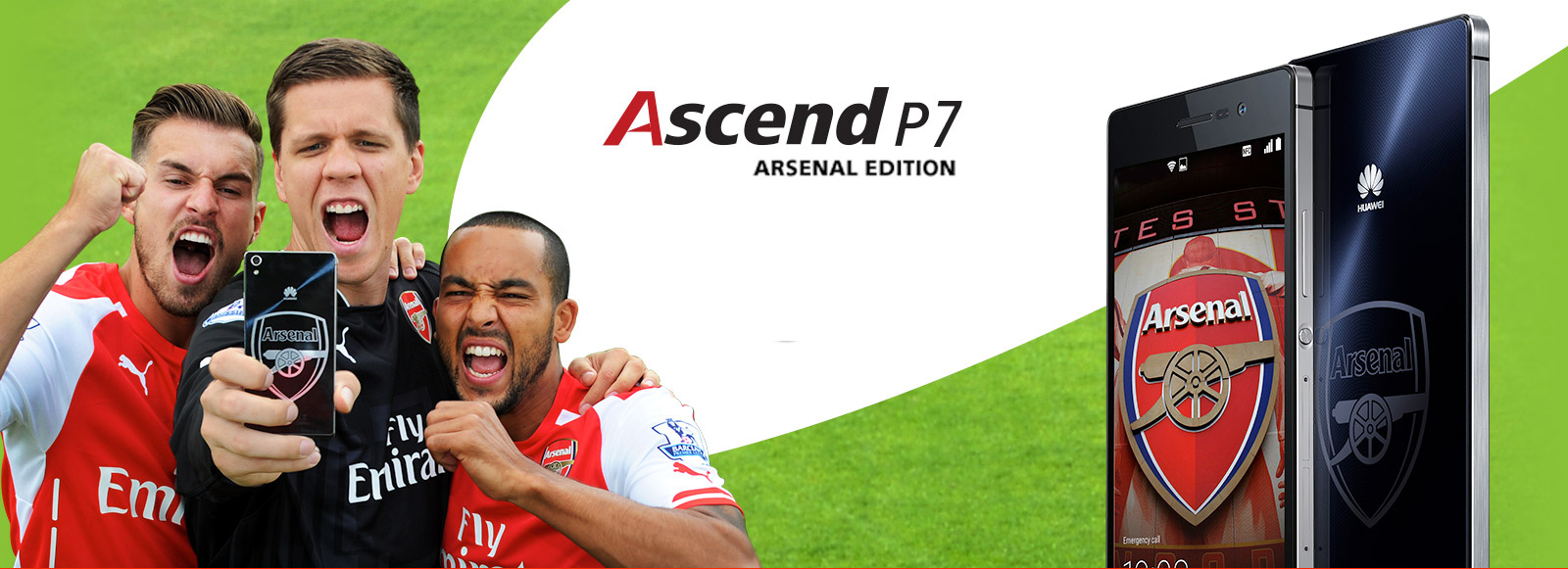 Xiaomi had a standout 2014. Sales of 61.12m smartphones in 2014 brought the company into third place in the smartphone market, only behind Samsung and Apple. In fact, they outsold Samsung and Apple in China during 2014. However, the path they are about to walk isn't a downhill stroll from here, and plenty of obstacles still stand in the way.
Xiaomi had a standout 2014. Sales of 61.12m smartphones in 2014 brought the company into third place in the smartphone market, only behind Samsung and Apple. In fact, they outsold Samsung and Apple in China during 2014. However, the path they are about to walk isn't a downhill stroll from here, and plenty of obstacles still stand in the way.At this point, you might be thinking: "I've never heard of Xiaomi". Well, if you're in a 'Tier 1' nation, then don't be surprised if you don't know much about Xiaomi, or if you've never seen a Xiaomi phone. Also, don't be surprised if that doesn't change soon. Hugo Barra, VP at Xiaomi, said that it'll be a little while before Xiaomi is in a position to take on the UK, the US etc. That's a sensible route forward. To take on the Tier 1 markets, it's all about the brand - and eastern 'budget' brands typically find it harder to break into the market.
The Tier 1 consumer is sceptical of budget brands - and this, matched with a desire for ever-progressive and top range electronics, means that budget isn't a particular selling point. I've said before, phones like Project Ara are commendable, but will struggle to break down the Tier 1 markets on mass. This is because of the same desire for latest technology and brand-new electronics.
This is what Huawei have tried to do, but have stalled in doing so. The brand-strength is not resistant to the stresses of Tier 1 consumers, and brand-presence is the same. Learning from the mistakes of Huawei, and adding a premium effect to the Xiaomi brand is vital in breaking into the Tier 1 markets.
As we saw in 2014, the mid-range pricing was the force when the Tier 1 markets swung. The successes of HTC's Desire range highlighted this, and it's similar with the likes of the iPhone C. Mid-range smartphones, with low-line or sim-only contracts are where Tier 1 has settled for the time-being.
This doesn't fit with Xiaomi as yet.
2014 was a big year for Xiaomi - and there is no doubt that 2015 will be as well. However, there are big challenges awaiting Xiaomi when they want to push into Tier 1. The main one - can they make the Xiaomi brand resonate with a Tier 1 market? We'll have to wait and see.
Do you agree/disagree? What do you think of the Xiaomi branding, positioning and short-term future?


